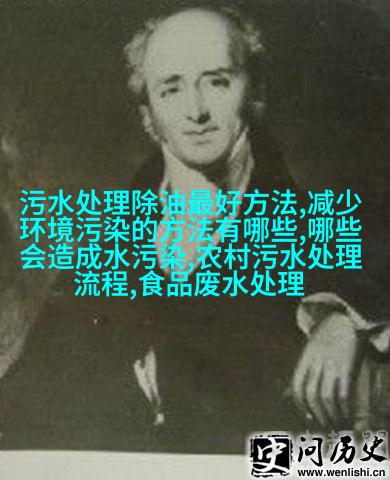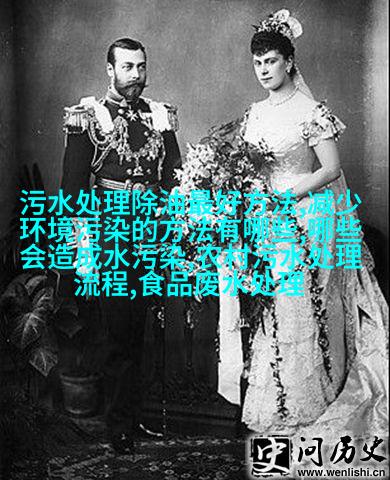深度水处理技术在焦化废水处理中的应用让自然景观更绿旅人不再见污染的脚印
摘要:

本文探讨了深度水处理技术在焦化废水处理中的应用,通过软化、超滤、反渗透等技术进行深度处理,以实现出水达标及重复利用。文章分析了焦化废水的特征,以及深度处理流程中几个主要工艺环节,并对活性炭吸附、膜过滤和氧化分解等深度处理技术进行了详细介绍。
关键词:深度水处理;焦化废水;超滤;反渗透

焦化废水特征分析
焦化废water是配合煤在高温干馏、煤气净化以及化学产品回收期间所产生的富含多环芳烃、挥发酚以及氨等有机物和重金属的工业waste water,其成分相对复杂,且内部含有较多降解难以解决的问题。

焦化废water深度water processing工艺流程
为了实现环保和节约,同时达到零排放标准,企业通过使用deep water treatment technology来保证酚氰waste water system针对waste pool里面的排water做好相关processing。这一指标所要求的waste water processing能力需要达到每小时600m³ 的标准。Deep processing through ultrafiltration and reverse osmosis, the discharged waste water will enter the running efficiency high softening pool and under the action of drugs to achieve softening purpose, then through corresponding technologies to implement separation, under acidic substance influence make pH value reach standard, thus entering into intermediate pool.

Deep Water Treatment Technology Application Analysis
Firstly, using activated carbon adsorption.

Secondly, membrane filtration technology.
Finally, for deep oxidation process.
Conclusion
Using deep wastewater treatment technology to treat coking wastewater can ensure that coking wastewater meets the national discharge standards better industrialized production applications breakthroughs protect coking engineering environmental protection mark for entire coking industry wastewater treatment work has a good guidance and reference effect. The application and research of deep processing technology in wastewater treatment are still to be improved considering that raw water contains a lot of pollutants such as heavy metals and organic matter which may lead to differences in hazardous substances so cannot choose an acknowledged best handling method only able on principle of resource conservation environment friendly combine specific quality enterprise situation environment conditions perform reasonable effective selection thereby reaching national discharge standards.
Extensive reading: